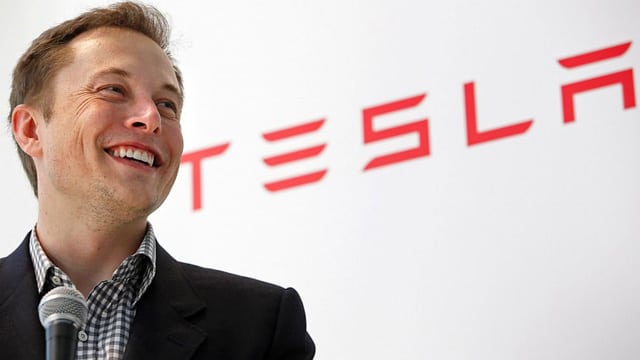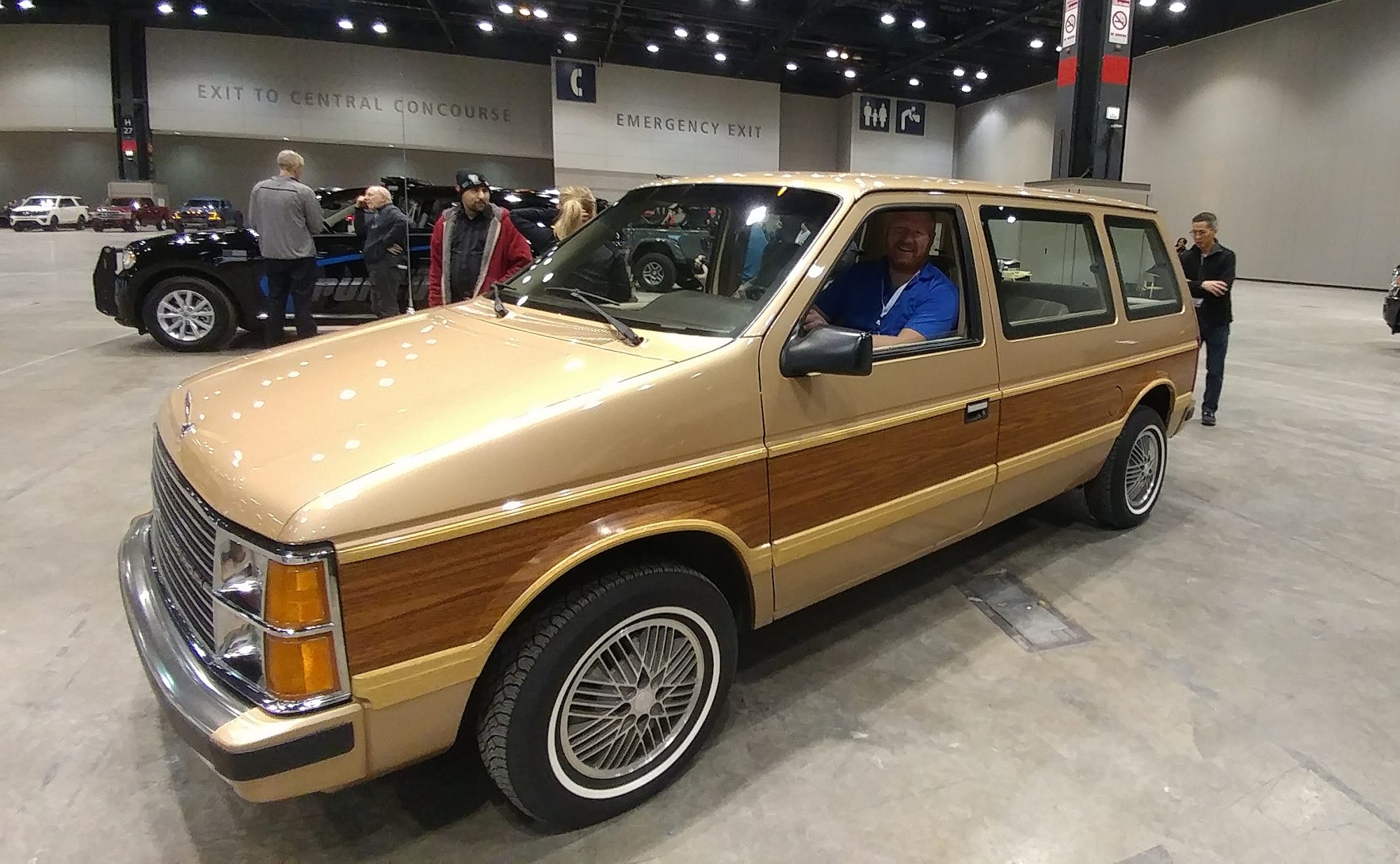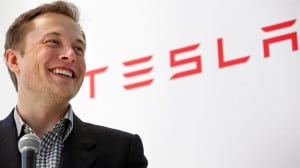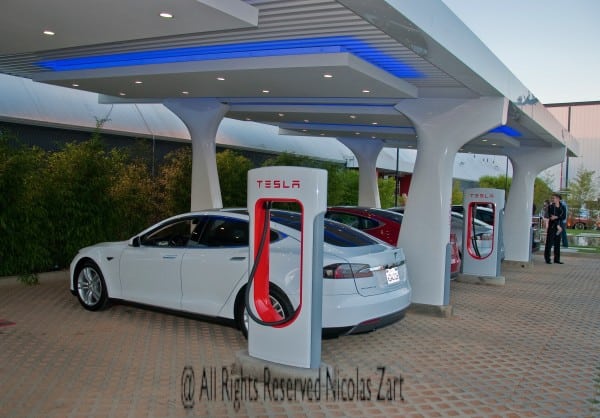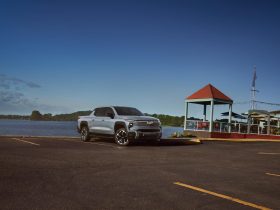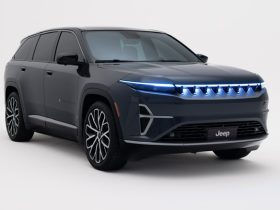Last week, the blogosphere and a few news outlets were abuzz with the news that Tesla’s CEO Elon Musk had announced, in a blog post (of course), that the company was releasing all of its patents and promising not to issue lawsuits against them if the patent technology was being used in “good faith.” You can read his blog post here.
Tesla lovers, writers, and bloggers then went to town on what kind of implications this would have for the automotive industry, Tesla Motors, the Supercharger Network, and more. Dreamy thoughts of how this would be a “game changer” and how this “open ideal” would “propel the industry” and so forth were blurted.
Our own Nicolas Zart, writing for Teslarati, wondered how the release of the intellectual property would affect Tesla’s Supercharger network specifically (note that this piece was written before Musk’s blog post). He made a good point about standards in charging.
Musk, of course, said that the real enemy to Tesla is not other electric car makers, but gasoline cars. Lamenting that electric cars only make up about 1 percent of the overall market and that “At best, the large automakers are producing electric cars with limited range in limited volume. Some produce no zero emission cars at all.”
It appears from this that Musk, like many electric car enthusiasts, is under the impression that cars are like smart phones and (supposedly) disruptive technology can completely change the game overnight. The reality? Doesn’t work that way. I talked about this in depth back in December (read that here).
If, however, you read Musk’s short blog post completely and consider what he said specifically, this release of patents is not as game changing as people might think. Consider the following questions this (sort of) release of patents brings up:
Will others now consider using the Tesla charging model and technologies? Probably. At the very least, they’ll look closely at the charging system controls, battery maintenance systems, and charging controls. Frankly, though, much of Tesla’s technology is not all that new – the batteries have been around for well over a decade, electric motors aren’t exactly rocket science, and wiring is just wiring. The majority of Tesla’s patents are in software and hardware controls, not the basic stuff that makes the car use electricity to move.
Will they do so for sure? No. Many automakers working on electric vehicles have either already done what Tesla’s systems are doing or don’t need to be able to do that. Some may not see the Supercharger or Tesla’s proprietary plug-in and charging as being superior to their own or worth adding to their cars due to the limited access it would provide.
If they do, does it give them access to Tesla’s Supercharger Network? Not necessarily. The patented technology would allow others to both build Superchargers (something Tesla would very likely love to see) and add the ability to use Superchargers to their electric cars. But it would not necessarily mean that the cars can plug into the Supercharger Network without paying licensing or use fees. The chargers themselves, after all, are still physical, private property and thus their use can be enforced outside of patent law.
Who else could benefit besides automakers? The real benefactors, should Tesla give them the go-ahead, would be aftermarket suppliers. If the release of patents includes the release of trademarks on design (something not mentioned by Musk), then aftermarket suppliers could begin making replacement body panels, interior components, mirrors, and so forth to both act as direct replacements for broken items as well as aftermarket add-ons. This would also be a boon to charging system builders and the like, who currently must license the charging software from Tesla in order to build home charging units.
Did Tesla actually just release its patents to the public? Not really. The company merely promised not to prosecute those who use the patents “in good faith.” In other words, if I use Tesla’s patented technology but Tesla doesn’t agree with the way I’ve used it, I may still get sued. Since “in good faith” can be interpreted rather loosely, Tesla leaves themselves the option to sue should they wish to.
So why would Tesla make a move like this then? What’s the point? Simple. It’s great PR and it’s cheaper. Musk said right in his blog post that he learned early on in his career that patents often do little more than stifle progress and enrich lawyers and that “receiving a patent just meant that you bought a lottery ticket to a lawsuit.” On that, I couldn’t agree more. By telling the world that their patents are now open for use “in good faith,” however, Tesla gets two things: they get to pick and choose which patent suits they will pursue and they get to ignore the ones that will just be costly wastes of energy. Plus they get to look like the good guy when they allow someone else to use their patented technologies without having to do anything more than make an announcement that “so and so will be using our patented tech to…” Like so many of the shrewd things that Musk – who may arguably be the world’s greatest public relations person ever – does, this is a win-win situation for Tesla Motors.
In the end, the Tesla move to open its patents is interesting and very shrewd, but it’s not exactly game changing. It’s unlikely that any of the major automakers are going to leap on the chance to use Tesla’s technology given the still shaky legal grounds, though this does possibly open up the idea of reverse engineering with less fear of prosecution. Most likely, automakers will consider incorporating the ability to plug into Tesla’s chargers as a feature or, at best, take on Tesla’s charging system as their own (ala the VHS vs BetaMax correlation Nicolas made).
Honestly, though, it’s unlikely that this will change much of anything. Except, of course, Tesla’s good PR. Which was probably the whole point of all this anyway.


